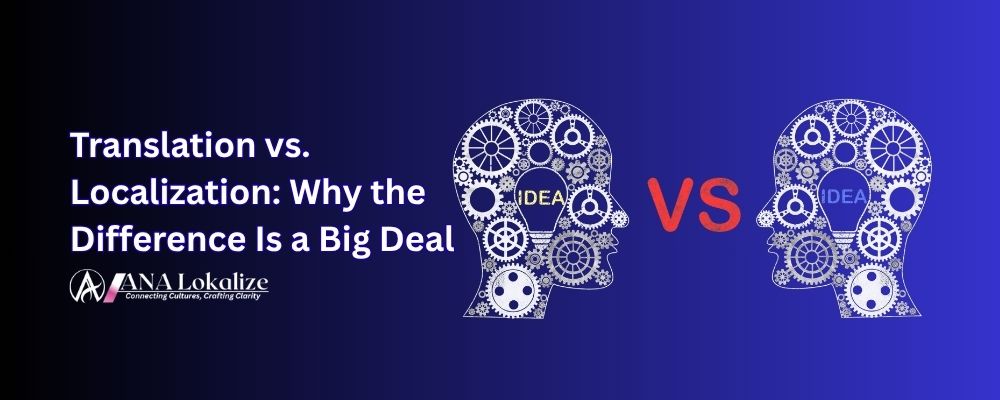nternational Marketing Campaigns: Avoiding Cultural Faux Pas

International Marketing Campaigns: Avoiding Cultural Faux Pas
Expanding marketing campaigns globally offers immense opportunities for growth, but it also introduces significant challenges. One of the biggest risks is cultural missteps, which can damage brand reputation, alienate audiences, and reduce campaign effectiveness. Understanding local customs, beliefs, language nuances, and societal norms is essential for successful international marketing. By avoiding cultural faux pas, brands can build trust, resonate with audiences, and achieve meaningful engagement worldwide.
Culture shapes how people perceive messages, symbols, colors, humor, and even business practices. What is considered humorous, polite, or appealing in one country might be offensive or confusing in another. Ignoring these differences can lead to campaigns that fail, spark backlash, or inadvertently insult target audiences.
Marketing campaigns must go beyond translation; they require cultural localization. This means adapting not just the language but also the imagery, tone, and context to align with the values and expectations of each market.
Language is one of the most critical factors in international marketing. Literal translations often fail to convey the intended meaning or emotion. Idiomatic expressions, slogans, and humor must be carefully adapted to local languages. A simple word or phrase might carry different connotations in another culture, changing the overall perception of the message.
Professional translation and localization are key. By working with local linguists or cultural consultants, brands can ensure that messaging remains effective, accurate, and culturally sensitive.
Visual elements in marketing campaigns — including colors, images, gestures, and symbols — can vary widely in meaning across cultures. For example, certain colors may signify luck or prosperity in one region but mourning or danger in another. Gestures or symbols that are neutral in one culture may be offensive elsewhere.
Global campaigns must carefully evaluate visual content to ensure it resonates positively with local audiences. Even small visual details can have a significant impact on how a campaign is received.
Every market has its own social norms and values, which influence consumer behavior and expectations. Factors such as religion, traditions, gender roles, and local etiquette can affect how marketing messages are interpreted. Ignoring these nuances can lead to campaigns that are insensitive or misaligned with local values.
Brands must conduct thorough cultural research and collaborate with local experts to create campaigns that respect social norms while maintaining global brand identity.
In today’s digital world, marketing campaigns extend across websites, social media, apps, and email. Each platform must be localized to engage international audiences effectively. Multilingual content, region-specific social media strategies, and culturally appropriate visuals are essential for digital success.
Additionally, localized SEO is crucial to ensure that content ranks in local search engines and reaches the right audience. Failing to optimize campaigns for local languages and search habits can limit reach and impact.
Many companies have faced public backlash due to cultural faux pas in international marketing. While we avoid citing specific brand names, these examples illustrate how small oversights — such as a mistranslated slogan, inappropriate imagery, or culturally insensitive humor — can have serious consequences.
Learning from such mistakes emphasizes the importance of proactive cultural analysis, professional localization, and rigorous review processes. Testing campaigns with local audiences before a full launch can prevent costly errors.
-
Conduct Comprehensive Cultural Research: Understand local customs, beliefs, values, and sensitivities before designing campaigns.
-
Invest in Professional Localization: Work with translators, cultural consultants, and local marketing experts.
-
Review Visual and Symbolic Elements: Ensure colors, gestures, and imagery align with cultural expectations.
-
Test Campaigns Locally: Conduct focus groups or pilot campaigns to gather feedback from target audiences.
-
Maintain Global Consistency: Adapt content for local relevance while keeping brand messaging and identity consistent.
-
Monitor Feedback: Pay attention to audience responses and adjust campaigns as needed to avoid misinterpretation.
In international marketing, cultural sensitivity is not just a safeguard against mistakes — it is a competitive advantage. Brands that invest in understanding local cultures, languages, and norms can create campaigns that resonate deeply with audiences, build trust, and foster loyalty.
Avoiding cultural faux pas requires careful planning, research, and collaboration with local experts. By prioritizing cultural awareness and localization, businesses can ensure that their global marketing campaigns succeed, connect authentically, and strengthen their brand reputation worldwide.
In 2025 and beyond, the brands that thrive internationally will be those that combine global vision with local insight, paying attention to the subtle details that make all the difference.
Stephane B. Atangana
Professional translation and localization experts with 10 years of experience in helping businesses connect with global audiences.
Search Articles
Related Articles

key to successful corporate communication, AI vs Human translation

Why Getting Translation Right for Different Cultures Matters in Global Business

Translation vs. Localization: Why the Difference Is a Big Deal
Subscribe to Our Newsletter
Get the latest translation insights and industry news delivered to your inbox.
We respect your privacy. Unsubscribe at any time.
